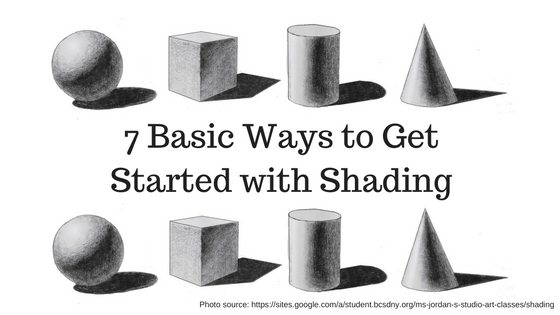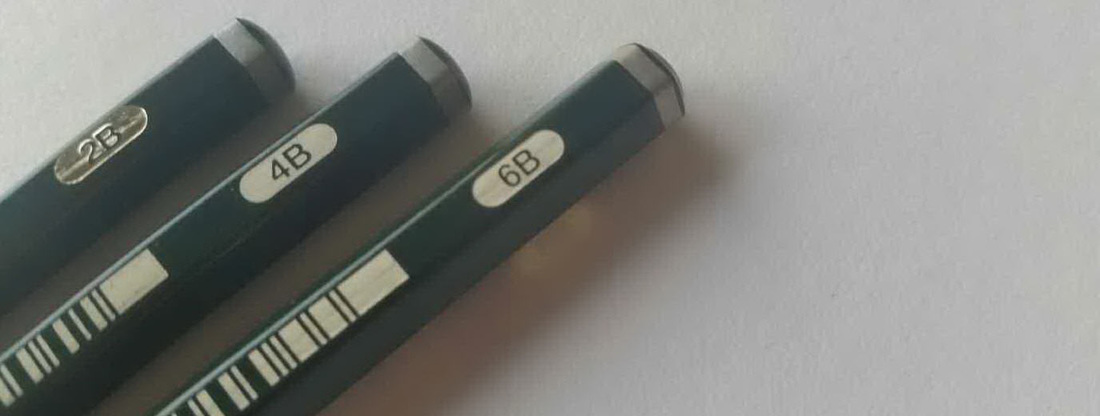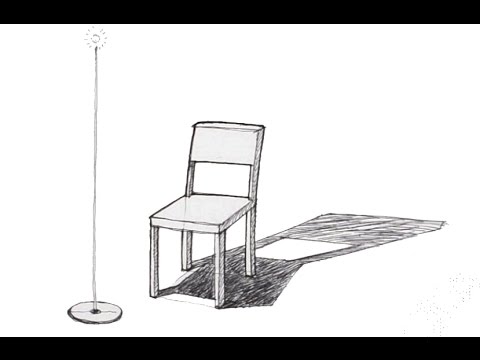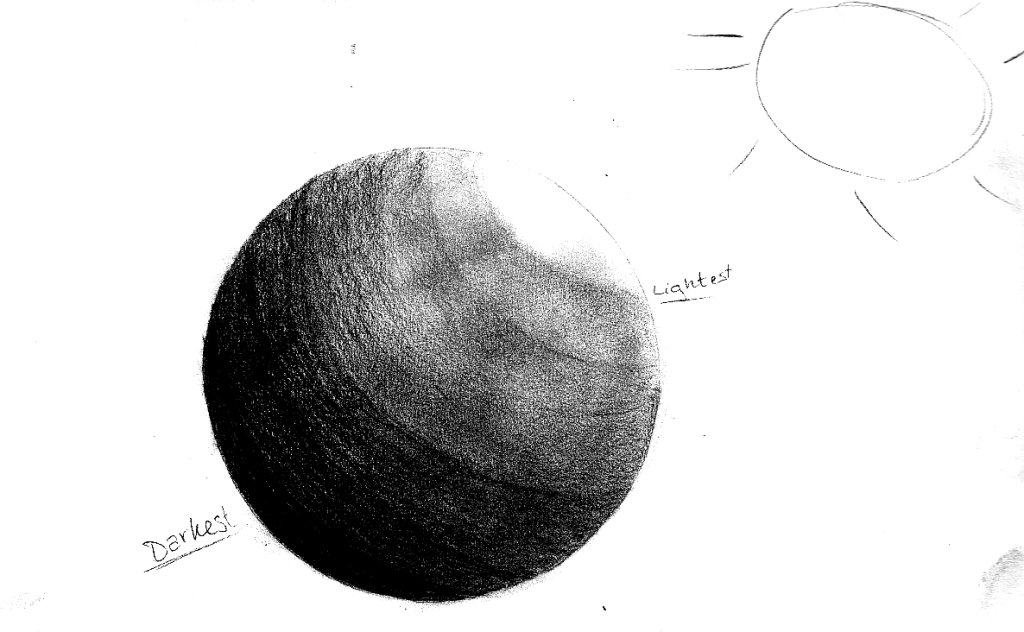Shading is a technique used to represent light and shadows by varying the color and the intensity of the medium being used. The medium often used in shading are pencils.
By learning how to add depth, character and movement to your drawings, you can slowly breathe life into your art! And in this article, we will show you the seven basic aspects of shading so you can get started on the right foot.
Use a fine set of pencils
To achieve the right shadows for your drawings, make sure you are using a graphite pencil. Graphite pencils are inexpensive and are widely available in art supply stores and bookstores.
Aside from a graphite pencil, make sure to find yourself some sturdy drawing papers with fine grain as well. This type of paper will absorb the shading that you will be doing. Printer papers are too smooth and construction papers are too rough for shading.
If you want to achieve the best shading for your drawings, always use the softest graphite pencil or 2H.
Start with line drawings of your subjects
The objective of this step is for you to learn how to create line drawings in the negative spaces. For instance, if you have a drawing of a chair, then the negative spaces would be the spaces in between the legs of the chair or the space at the back of the back rest.
Create your own value scales
A value scale is the lightness and darkness of your shades, which guide you in adding depth to your drawings. A typical value scale starts from a complete white with different shades of gray in between.
As a starting point, try to have at least 5 adjacent values in your value scale. You can check out the video below on how it is done!
Choose where your light source is
It is imperative to always locate your light source. Everything else will be relative from there. Think of it simply like in the illustration below:
Decide on what your shading method will be
First is hatching or the process of creating many parallel lines close together to create a shade. Hatching is ideal for objects that are lacking texture or have natural grain like hair.
Do not use the full darkness of your pencil when starting out because it will be hard to erase them just so you can adjust your the intensity of your shadows relative to your light source. Press lightly at the start and only barely fill in areas that require shadows.
As you progress into your shading, always reference your value scale so your drawing is well-balanced. Take your time and simply enjoy the process!
Always have complete control of your medium
Control of your medium is also based on how you clearly understand how light behaves and how you can communicate this clearly on your drawing.
Start with basic shapes. Shade to communicate one light source using a full range of values and then move up to irregular forms and simple still-life objects like fruits and hands.





 RSS Feed
RSS Feed
